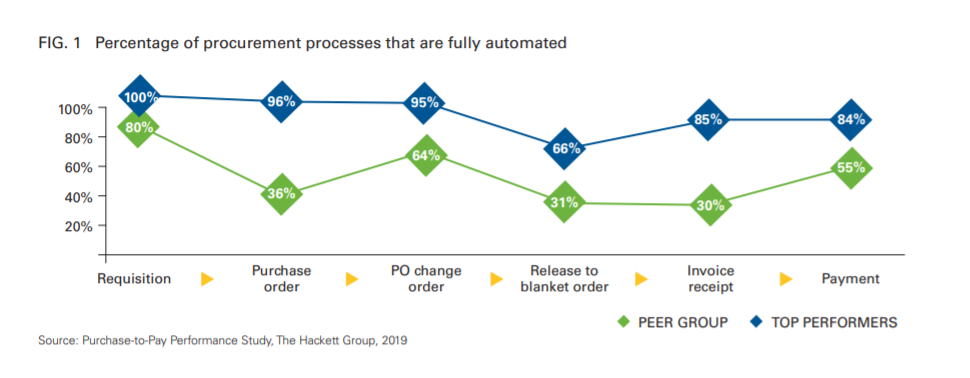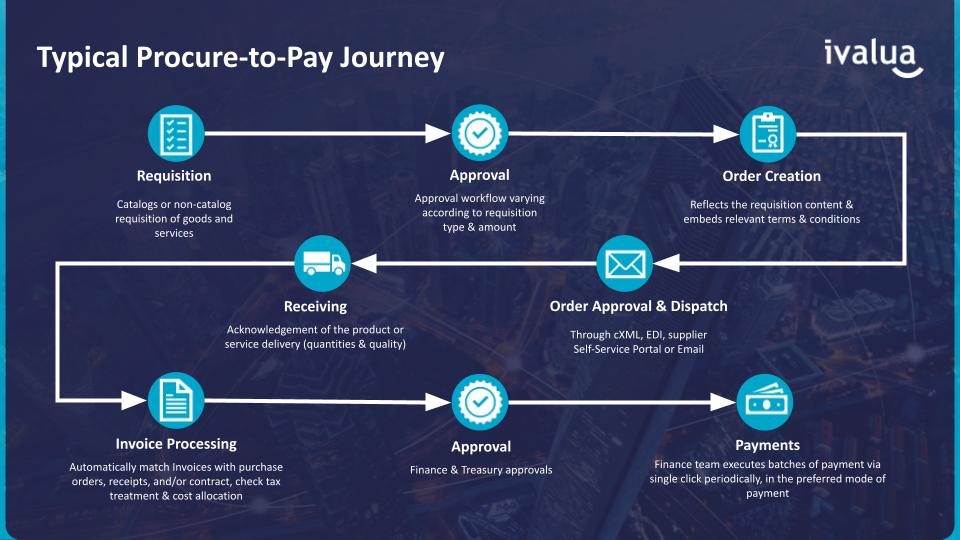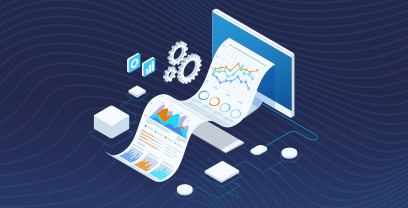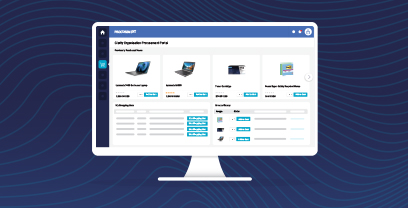A Guide to the Benefits of an Efficient P2P Process
What is Procure to Pay and what are the benefits? Let’s start with a questions. Does your organization process massive amounts of invoices? If the answer is yes, then your Procurement team must have clear policies and procedures in place. Why? It is vital to minimize bureaucracy, error, risk and inefficiencies.
Procure to Pay software underpins well thought out P2P cycles and we provide a checklist to help to get organizations on the right track, when they are undergoing a Procure to pay process review. P2P software offers a seamless process from point of order to payment. Our customers experience sustained benefits through good buying practices, improved visibility and swifter issue resolution, and enables proactive supplier management.

Companies that process massive amounts of invoices must have clear policies and procedures in place. It is imperative that any organization has procedures and systems in place to minimize bureaucracy, error, risk and inefficiencies. Procure to Pay software offers a seamless process from point of order to payment. At Ivalua, we’ve seen how a P2P procure to pay process ensures sustained benefits through good buying practices, improved visibility and swifter issue resolution, and enables proactive supplier management.
What are the symptoms of a poor P2P process?
While there are many and varied, the symptoms can be boiled down to “proactive vs. reactive.” It’s easy to fall into a trap of processing invoices as soon as they are received. It’s more efficient, both in time and cash-flow, to work through a “Pay by Terms” model where invoices are saved up and paid on the due date. Paying ad hoc is inefficient; it always takes longer and allows cash – that could be earning interest – out of an account sooner than it needs to go.
You need a Purchase to pay process if your organization is guilty of the following:
- Frequent duplicate payments
- Payments are made without internal approval
- Spend is led away from preferred suppliers
- Lots of new suppliers added on a regular basis
- Retroactive orders to cover invoices received
What are the benefits of Reviewing your Procure to Pay process?
The most obvious benefit is that a procure-to-pay process flow can bring light to inefficiencies and gives businesses the ability to do proactive suppliers management. For organizations, this means employees can easily and quickly buy all the goods and services need from preferred contracts, ensures they stay within budget and work with required approvals. Manual labor involving fixing invoicing issues caused by suppliers or missing orders and receipts are more easily resolved.
Procure-to-pay software can offer:
- A single place for goods, services, components, tools and travel
- Supplier, contract, legal tax and policy compliance
- Electronic capture of all B2B transactions
- Reduced errors, fraud and risk
- Buying at negotiated prices and within budget
Here is a typical Procure-to-Pay Cycle:

The Case for Procure-to-Pay Solutions
Many of the Procure-to-Pay challenges we try to solve with new Ivalua customers centers around lack of compliance and governance, disparate systems and processes, and lack of adoption. Key approaches that have been successful in addressing these challenges center around e-invoicing and invoice automation to drive down operational costs and increase process efficiency. The adoption of e-invoicing solutions minimizes errors and offers many benefits to both suppliers and the business.
If you are interested in knowing more about the Ivalua’s Procure to Pay solution, please visit our Procure-to-Pay page or request a demo of our Procure to Pay software.
Are you thinking about a P2P digitization project?
Digitizing the procure-to-pay (P2P) process is increasingly necessary and the benefits have been proven. Organizations can more effectively capture value through automated and compliant buying, improving the experience for employees and suppliers, increasing efficiencies across purchasing and accounts payables, and much much more.
We have create this checklist will help you think about your key objectives, people and organization factors, process goals, data considerations, key metrics and lastly, your technology needs.
Procure-to-Pay Checklist helps to organize your thinking around:
- Objectives
- Organizational changes
- Current P2P process vs future P2P Process
- Data
- Metrics
- Technology




